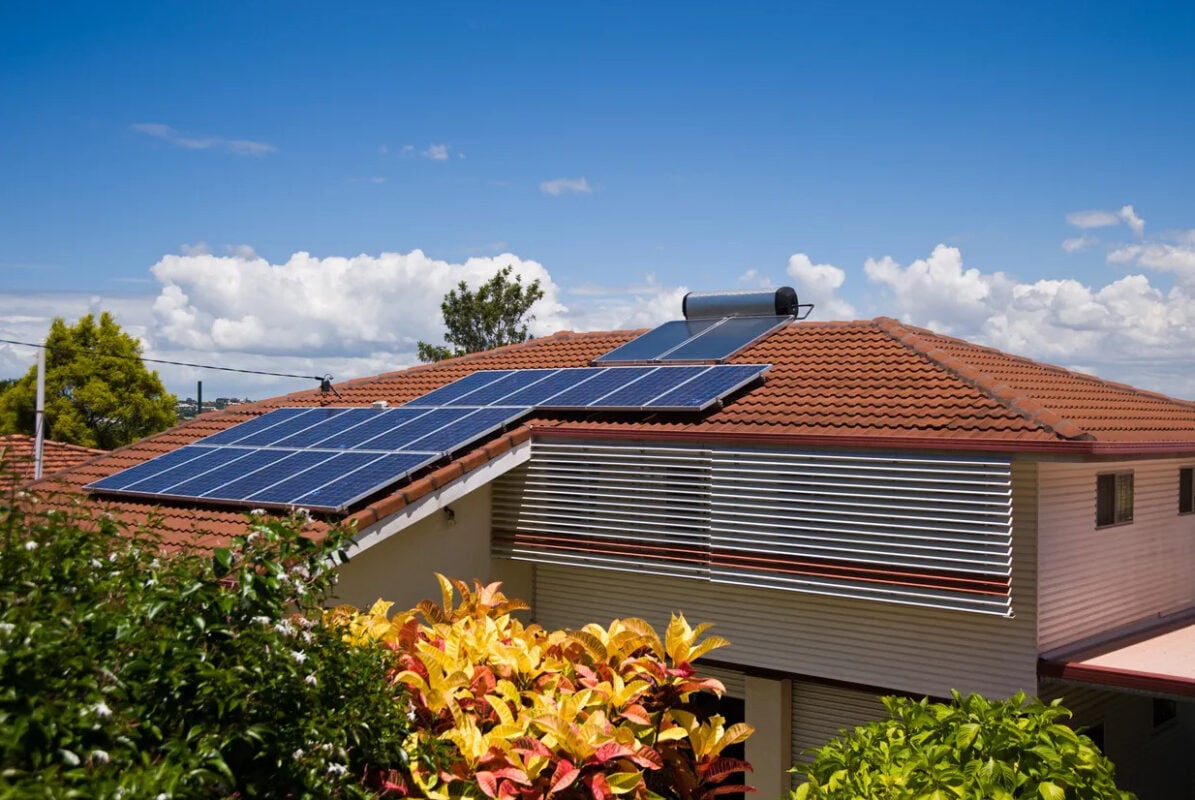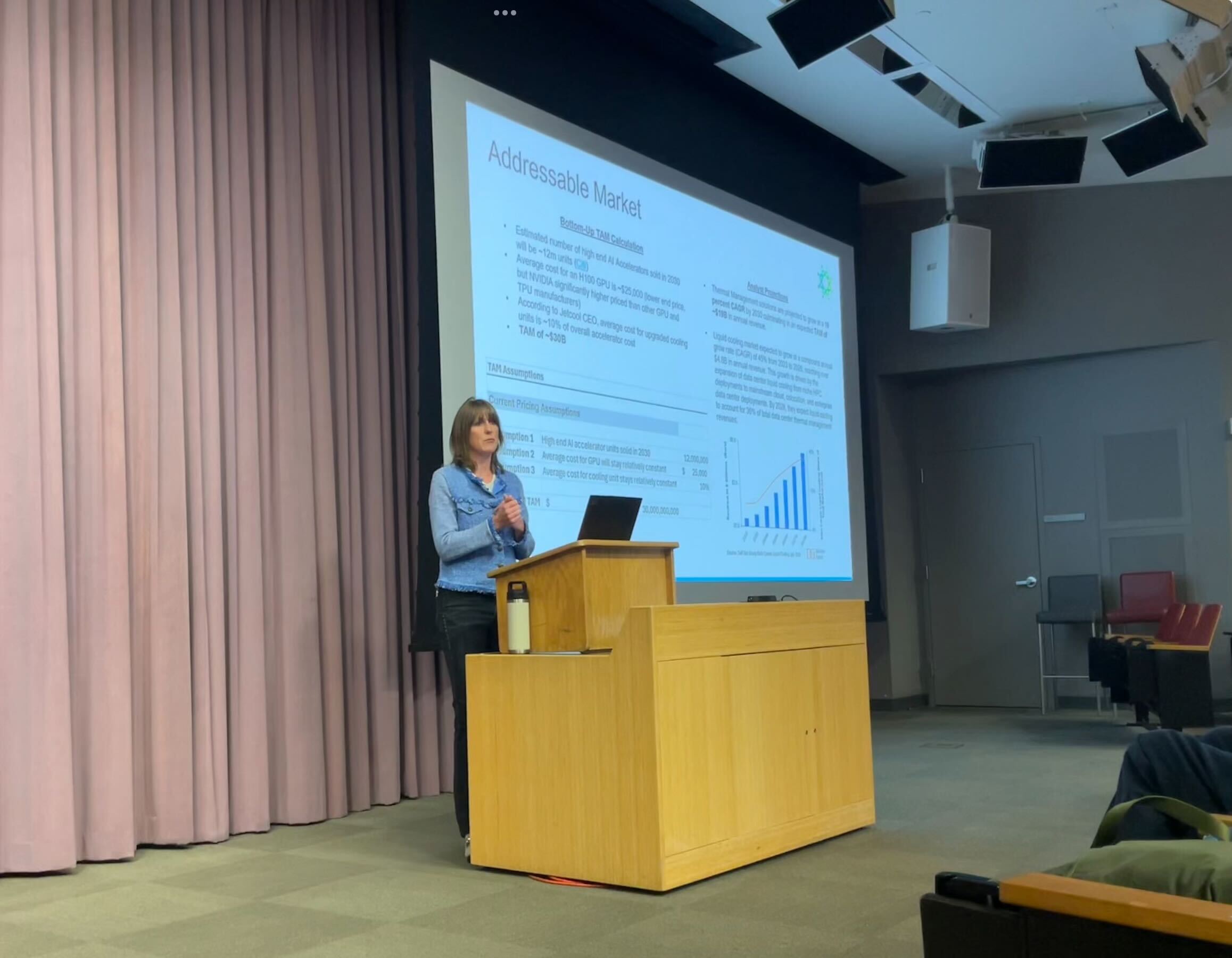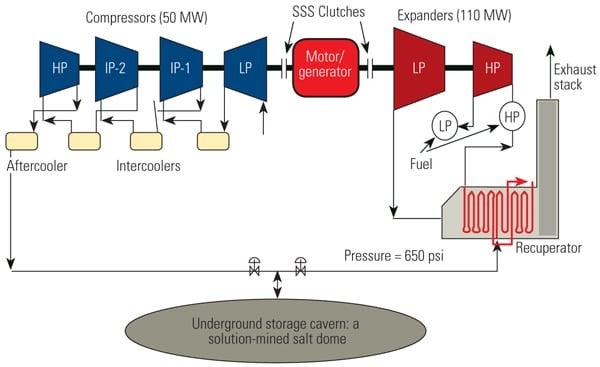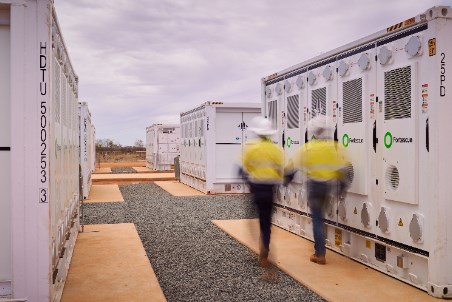Beam Global Secures Patent for Innovative Light Tracking Assembly Enhancing Solar and Wind Energy Efficiency – Quiver Quantitative

Report on Beam Global’s Patent for Advanced Renewable Energy Technology and its Contribution to Sustainable Development Goals
On October 29, 2025, Beam Global announced it has been granted a new patent by the China National Intellectual Property Administration. This development marks a significant advancement in renewable energy technology, directly supporting several United Nations Sustainable Development Goals (SDGs) by enhancing the efficiency and reliability of hybrid clean energy systems.
Innovation in Support of SDG 9: Industry, Innovation, and Infrastructure
The patent, titled Light Tracking Assembly for Solar and Wind Power Energy (No. ZL202080074034.9), protects a proprietary technology that addresses a critical inefficiency in conventional hybrid solar-wind systems. This innovation is a direct contribution to SDG 9, which calls for building resilient infrastructure, promoting inclusive and sustainable industrialization, and fostering innovation.
- Technological Solution: The patented design ensures the system’s wind turbine is always positioned down-sun from the solar array.
- Problem Solved: It eliminates the issue of the wind turbine casting a shadow on the solar panels, a common problem that reduces solar energy yield.
- Impact on Infrastructure: This innovation enhances the technological capabilities of sustainable infrastructure, making renewable energy generation more efficient and reliable within a given physical footprint.
Advancing SDG 7: Affordable and Clean Energy
By maximizing energy capture, the patented technology directly promotes the objectives of SDG 7, which aims to ensure access to affordable, reliable, sustainable, and modern energy for all. The increased efficiency translates to a greater output of clean electricity, accelerating the transition to renewable energy sources.
- Maximized Energy Density: The technology ensures that the maximum amount of solar energy is captured throughout the day, increasing the overall electricity generated.
- Enhanced Product Performance: It improves the generation potential of products like the BeamSpot
 , which provides resilient, off-grid power for curbside EV charging, lighting, and energy security.
, which provides resilient, off-grid power for curbside EV charging, lighting, and energy security. - Competitive Advantage in Clean Energy: The ability to generate more electricity from the same footprint gives Beam Global a competitive advantage that drives further investment and adoption of clean energy solutions.
Contributions to SDG 11 and SDG 13: Sustainable Cities and Climate Action
The application of this technology in Beam Global’s products provides tangible benefits for creating sustainable cities and communities (SDG 11) and taking urgent action to combat climate change (SDG 13).
- Sustainable Transport Systems (SDG 11): By powering EV charging infrastructure with more efficiently generated renewable energy, the technology supports the decarbonization of transportation.
- Resilience and Disaster Preparedness (SDG 11 & 13): The enhanced energy security and off-grid capabilities of Beam Global’s products provide life-saving power during emergencies and natural disasters, strengthening community resilience to climate-related hazards.
- Climate Change Mitigation (SDG 13): Every increase in the efficiency of renewable energy generation contributes to reducing reliance on fossil fuels, thereby mitigating greenhouse gas emissions and combating climate change.
Summary of Alignment with Sustainable Development Goals
Beam Global’s newly patented technology reinforces its commitment to global sustainability by directly addressing the following SDGs:
- SDG 7 (Affordable and Clean Energy): By increasing the share of renewable energy through more efficient hybrid systems.
- SDG 9 (Industry, Innovation, and Infrastructure): By developing and patenting an innovative clean technology that upgrades sustainable infrastructure.
- SDG 11 (Sustainable Cities and Communities): By enabling resilient and sustainable solutions for EV charging, energy security, and smart city services.
- SDG 13 (Climate Action): By improving the viability of renewable energy sources as a key tool for climate change mitigation.
Analysis of Sustainable Development Goals in the Article
1. Which SDGs are addressed or connected to the issues highlighted in the article?
The article discusses innovations in renewable energy technology, sustainable infrastructure, and the electrification of transportation. These topics directly connect to several Sustainable Development Goals (SDGs) focused on energy, infrastructure, sustainable cities, and climate action.
- SDG 7: Affordable and Clean Energy: The core of the article is about a new patent for a hybrid solar-wind power system. This technology aims to “maximize the energy density” and “generate more electricity from a given footprint,” directly contributing to the goal of increasing access to and the efficiency of clean, renewable energy.
- SDG 9: Industry, Innovation, and Infrastructure: The article highlights Beam Global as a “clean technology innovator” that “develops and manufactures sustainable infrastructure products and technologies.” The granting of a new patent (No. ZL202080074034.9) is a clear example of innovation, and the company’s products, like the BeamSpot
 , are forms of sustainable infrastructure.
, are forms of sustainable infrastructure. - SDG 11: Sustainable Cities and Communities: The technology supports “curbside EV charging” and “smart city Infrastructure.” By facilitating the electrification of transportation, it helps create more sustainable urban environments by reducing reliance on fossil fuels and improving air quality.
- SDG 13: Climate Action: By improving the efficiency of renewable energy generation (solar and wind) and supporting the transition to electric vehicles, the technology is a direct measure to combat climate change. The company’s mission is explicitly stated to “protect the environment.”
2. What specific targets under those SDGs can be identified based on the article’s content?
Based on the article’s focus on renewable energy technology and its applications, several specific SDG targets can be identified.
- Under SDG 7 (Affordable and Clean Energy):
- Target 7.2: “By 2030, increase substantially the share of renewable energy in the global energy mix.” The patented technology improves the efficiency of hybrid solar-wind systems, which helps increase the overall generation and share of renewable energy.
- Target 7.a: “By 2030, enhance international cooperation to facilitate access to clean energy research and technology… and promote investment in energy infrastructure and clean energy technology.” Beam Global’s work in developing, patenting, and manufacturing “advanced clean technology solutions” directly aligns with this target.
- Under SDG 9 (Industry, Innovation, and Infrastructure):
- Target 9.4: “By 2030, upgrade infrastructure and retrofit industries to make them sustainable, with increased resource-use efficiency and greater adoption of clean and environmentally sound technologies…” The patented design is a “clean technology” that increases efficiency (“generate more electricity from a given footprint”) for sustainable energy infrastructure.
- Target 9.5: “Enhance scientific research, upgrade the technological capabilities of industrial sectors… encouraging innovation…” The granting of a new patent is a direct result of research and development and represents an enhancement of technological capabilities in the clean energy sector.
- Under SDG 11 (Sustainable Cities and Communities):
- Target 11.6: “By 2030, reduce the adverse per capita environmental impact of cities…” The article mentions that the technology provides “curbside EV charging,” which supports the adoption of electric vehicles and contributes to reducing urban air pollution.
- Under SDG 13 (Climate Action):
- Target 13.2: “Integrate climate change measures into national policies, strategies and planning.” The development and deployment of advanced renewable energy technologies are crucial measures that can be integrated into climate action strategies.
3. Are there any indicators mentioned or implied in the article that can be used to measure progress towards the identified targets?
The article, being a press release, does not provide quantitative data but implies several indicators that can be used to measure progress.
- For SDG 7:
- Increased efficiency of renewable energy systems: The article states the technology “eliminates shading, maximizes solar exposure,” and “increases the overall efficiency and reliability” of hybrid systems. This increased efficiency is a measurable indicator of progress.
- Amount of electricity generated from renewable sources: The CEO’s statement, “we will generate more electricity from a given footprint,” implies that the total energy output (in kWh) from these systems can be used as an indicator.
- For SDG 9:
- Number of patents for clean technologies: The granting of “Patent No. ZL202080074034.9” is a specific indicator of innovation in sustainable technology.
- Investment in clean technology R&D: While not quantified, the company’s focus on innovation and patenting implies significant investment in research and development, which is an indicator of progress towards upgrading technological capabilities.
- For SDG 11:
- Number of EV charging points deployed: The product provides “curbside EV charging,” so the number of BeamSpot
 units installed would be a direct indicator of expanding sustainable transport infrastructure.
units installed would be a direct indicator of expanding sustainable transport infrastructure. - EV miles powered by renewable energy: The article explicitly mentions that increased energy generation “translates to more EV miles,” which can be measured to track the impact on sustainable transportation.
- Number of EV charging points deployed: The product provides “curbside EV charging,” so the number of BeamSpot
- For SDG 13:
- Deployment of disaster preparedness products: The article mentions “life-saving energy security and disaster preparedness products.” The number of these units deployed can serve as an indicator of enhanced resilience and adaptive capacity to climate-related hazards.
4. Summary Table of SDGs, Targets, and Indicators
| SDGs | Targets | Indicators |
|---|---|---|
| SDG 7: Affordable and Clean Energy | 7.2: Increase the share of renewable energy. 7.a: Promote investment in clean energy technology. |
– Increased efficiency and reliability of hybrid solar-wind systems. – Total electricity (kWh) generated from the deployed systems. |
| SDG 9: Industry, Innovation, and Infrastructure | 9.4: Upgrade infrastructure with clean and sustainable technologies. 9.5: Enhance scientific research and encourage innovation. |
– Number of patents granted for clean technologies (e.g., Patent No. ZL202080074034.9). – Number of sustainable infrastructure products (BeamSpot  ) deployed. ) deployed. |
| SDG 11: Sustainable Cities and Communities | 11.6: Reduce the adverse per capita environmental impact of cities. | – Number of curbside EV charging points installed. – Number of EV miles powered by the company’s renewable energy solutions. |
| SDG 13: Climate Action | 13.2: Integrate climate change measures into policies and planning. | – Deployment of advanced renewable energy technologies. – Number of energy security and disaster preparedness products deployed. |
Source: quiverquant.com
What is Your Reaction?
 Like
0
Like
0
 Dislike
0
Dislike
0
 Love
0
Love
0
 Funny
0
Funny
0
 Angry
0
Angry
0
 Sad
0
Sad
0
 Wow
0
Wow
0
















































:focal(1500,1000)/https://media.globalcitizen.org/a6/9a/a69a4720-d8a1-4715-b596-18738d03c05c/rotary_polio_hero_image.jpg?#)







/countries/sri-lanka/photo-credit---dmc-sri-lanka.tmb-1200v.jpg?sfvrsn=dc298bcc_1#)



















